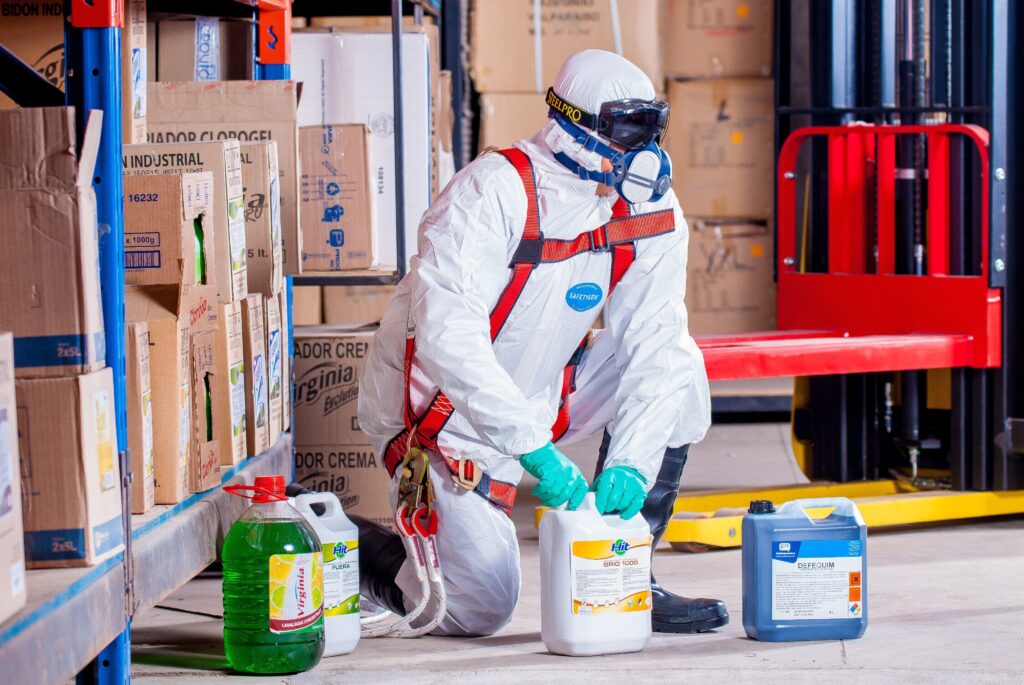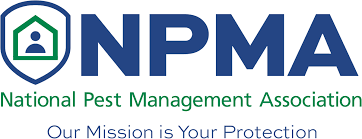Bedbugs are a persistent nuisance that can infest your home and disrupt your sleep. These tiny, nocturnal insects feed on human blood and can quickly multiply, causing discomfort, itching, and potential health issues. When it comes to eradicating bedbugs, heat treatment has proven to be an effective and environmentally friendly solution. In this blog post, we will explore the process of heat treatment for bedbugs and provide you with essential tips on preparing your home for this procedure.
Understanding Heat Treatment for Bedbugs:
Heat treatment involves raising the temperature of the infested area to a level that is lethal for bedbugs, typically between 120°F (49°C) and 140°F (60°C). This method effectively eliminates bedbugs in all stages of their life cycle, including eggs, nymphs, and adults. Professional pest control companies employ specialized heating equipment to heat the infested space evenly, penetrating cracks, crevices, and other hiding spots where bedbugs may reside.
Advantages of Heat Treatment:
- Comprehensive eradication: Heat treatment reaches all areas of infestation, ensuring that even the most elusive bedbugs are eliminated.
- Chemical-free solution: Unlike traditional pesticide treatments, heat treatment is non-toxic and does not involve the use of harmful chemicals, making it safe for both humans and pets.
- Minimal preparation: Compared to other methods, heat treatment requires less preparation, reducing the hassle for homeowners.
Preparing Your Home for Heat Treatment:
Preparing your home adequately before the heat treatment is crucial to ensure its effectiveness. Here are some essential steps to follow:
- Remove clutter: Declutter the area being treated, including clothing, bedding, furniture, and other items. This step allows for better heat penetration and reduces the likelihood of bedbugs finding hiding spots.
- Launder and bag items: Wash all clothing, bedding, and fabric items in hot water and dry them on high heat. Place these items in sealed plastic bags to prevent re-infestation.
- Vacuum the area: Thoroughly vacuum the infested area, including mattresses, carpets, furniture, and baseboards. Dispose of the vacuum bag or clean the canister afterward to prevent bedbugs from spreading.
- Seal cracks and crevices: Use caulk or sealant to fill any cracks, crevices, or gaps in walls, baseboards, and furniture. This step prevents bedbugs from escaping or finding new hiding places during the treatment.
- Protect heat-sensitive items: Remove or protect items sensitive to high temperatures, such as electronics, artwork, musical instruments, and certain plastics. Consult with the pest control company for specific instructions on safeguarding such belongings.
Additional Precautions:
- Inform neighbors: It is advisable to inform your neighbors about the heat treatment process, as bedbugs can easily migrate between adjacent units. This coordination ensures a comprehensive approach to eradication.
- Pets and plants: Arrange for pets and plants to be removed from the treated area. Heat treatment can be harmful to pets, and plants may suffer damage from the elevated temperatures.
- Occupancy considerations: Depending on the size and severity of the infestation, you may need to vacate the premises during the heat treatment. Consult with the pest control professionals regarding the recommended duration of evacuation.
Follow-up Measures:
After the heat treatment, pest control experts may suggest certain post-treatment measures to prevent re-infestation. These may include regular inspections, ongoing monitoring, and advice on maintaining a bedbug-free environment.
Conclusion:
Heat treatment provides an effective, chemical-free solution for eliminating bedbug infestations. By following the necessary preparations outlined in this blog, you can ensure the success of the heat treatment process and rid your home of these persistent pests. Remember, engaging professional pest control services is crucial to ensure proper execution and long-term eradication of bedbugs.
References:
- Potter, M. F. (2011). The history of bed bug management—With lessons from the past. American Entomologist, 57(1), 14-25.
- Cooper, R., Wang, C., & Singh, N. (2015). Evaluation of a model community-wide bed bug management program in affordable housing. Pest Management Science, 71(2), 139-147.
- National Pest Management Association. (2019). Bed bugs across America: 2019 research conducted by the NPMA and the University of Kentucky








